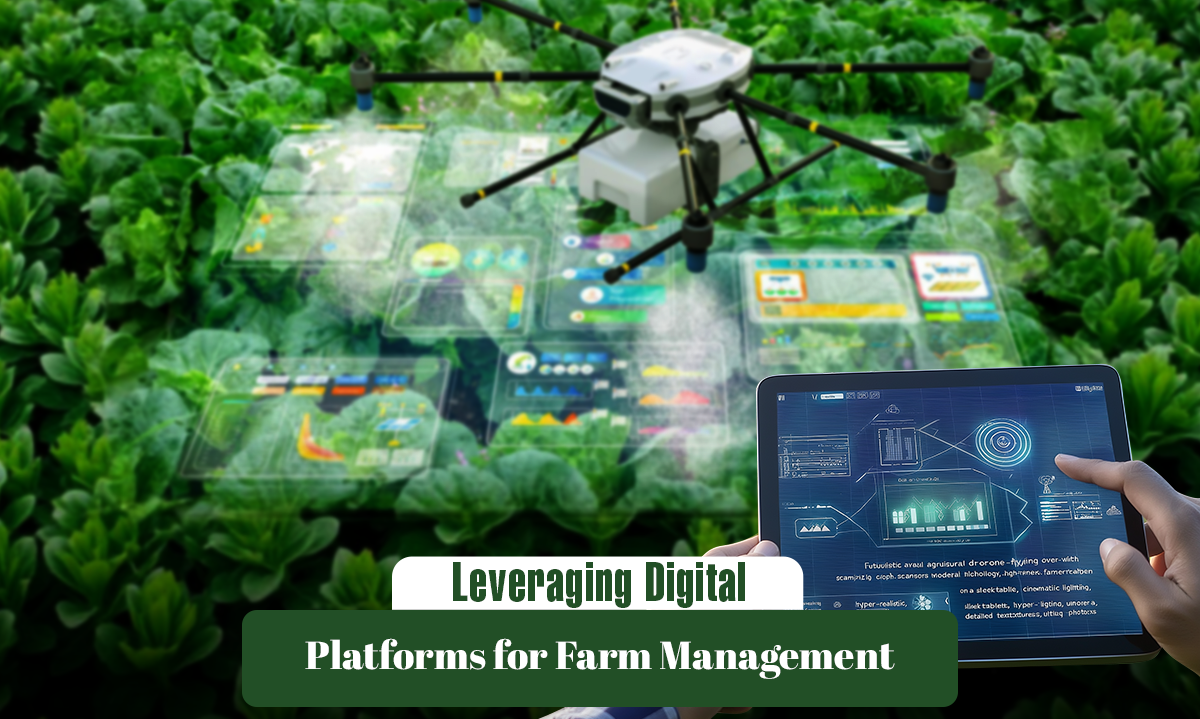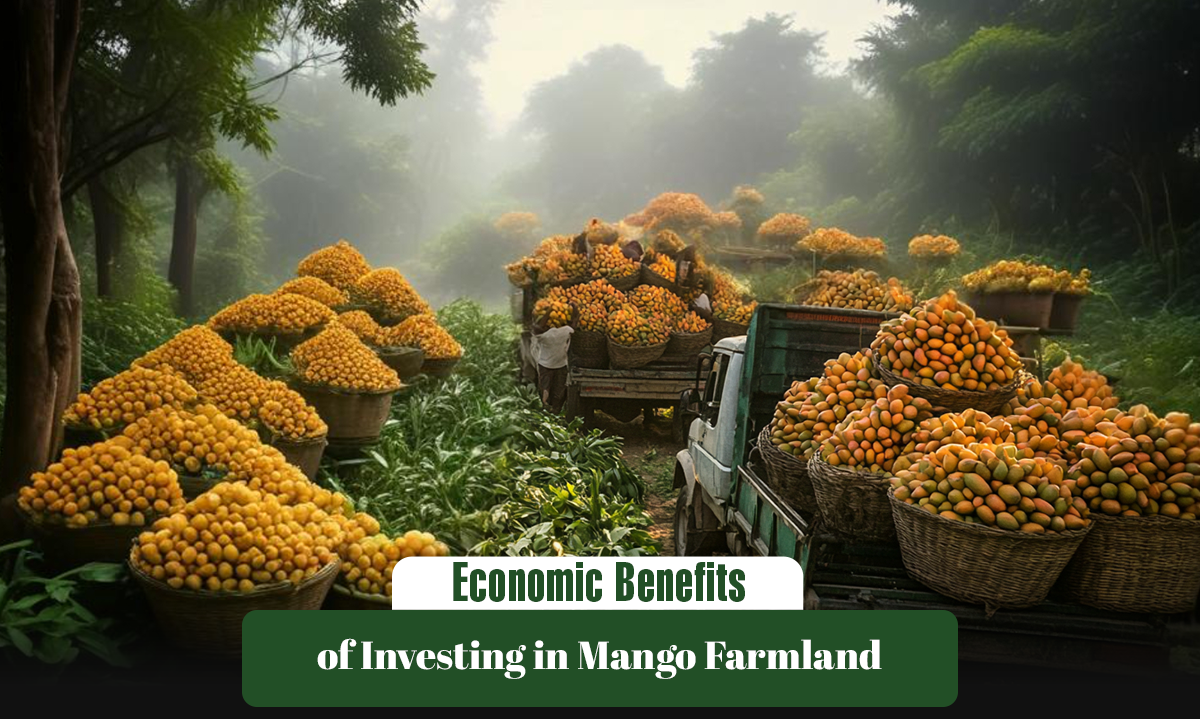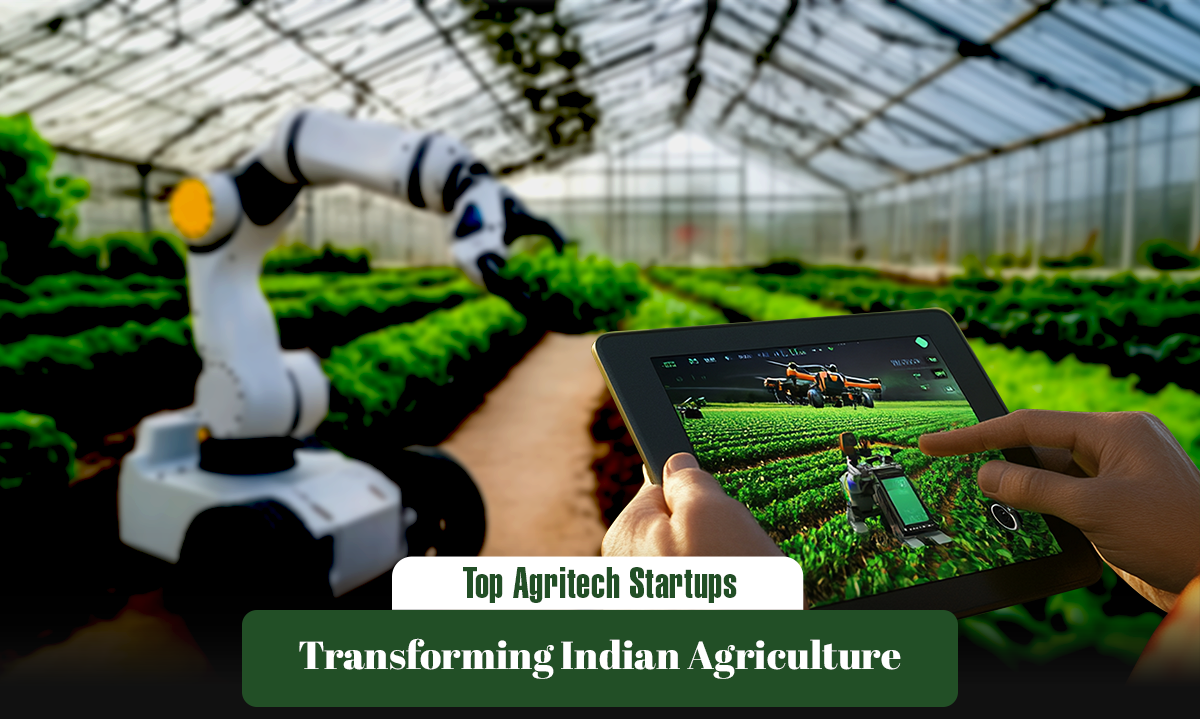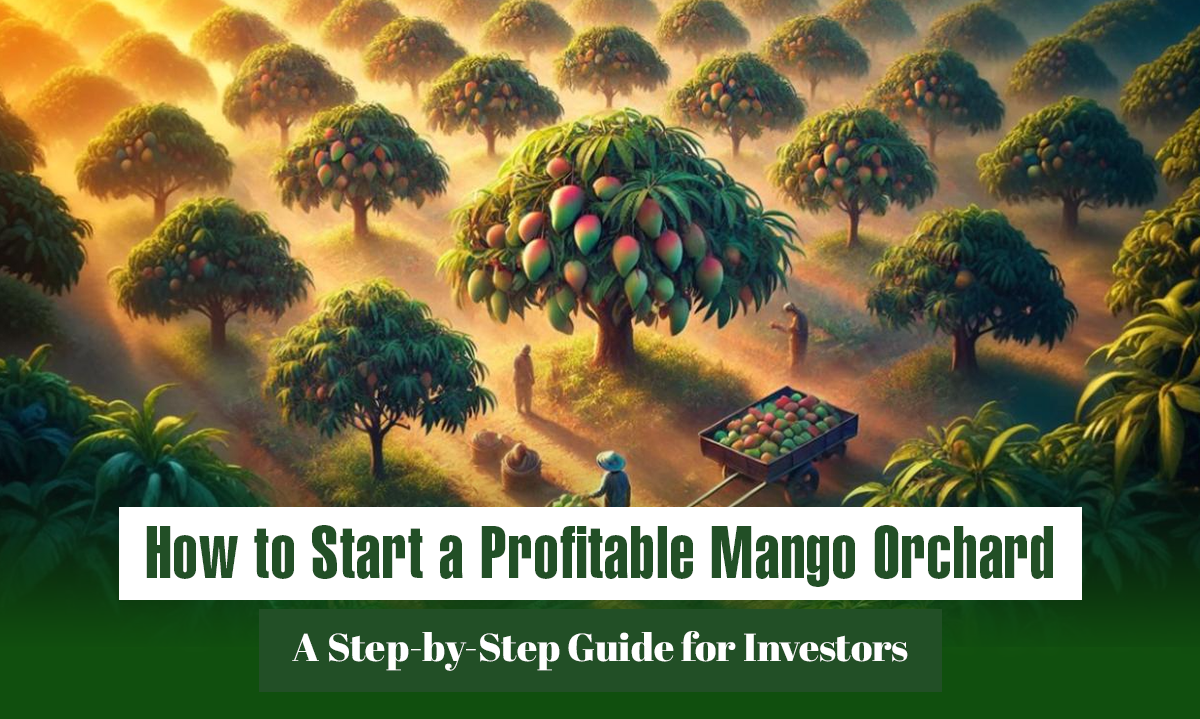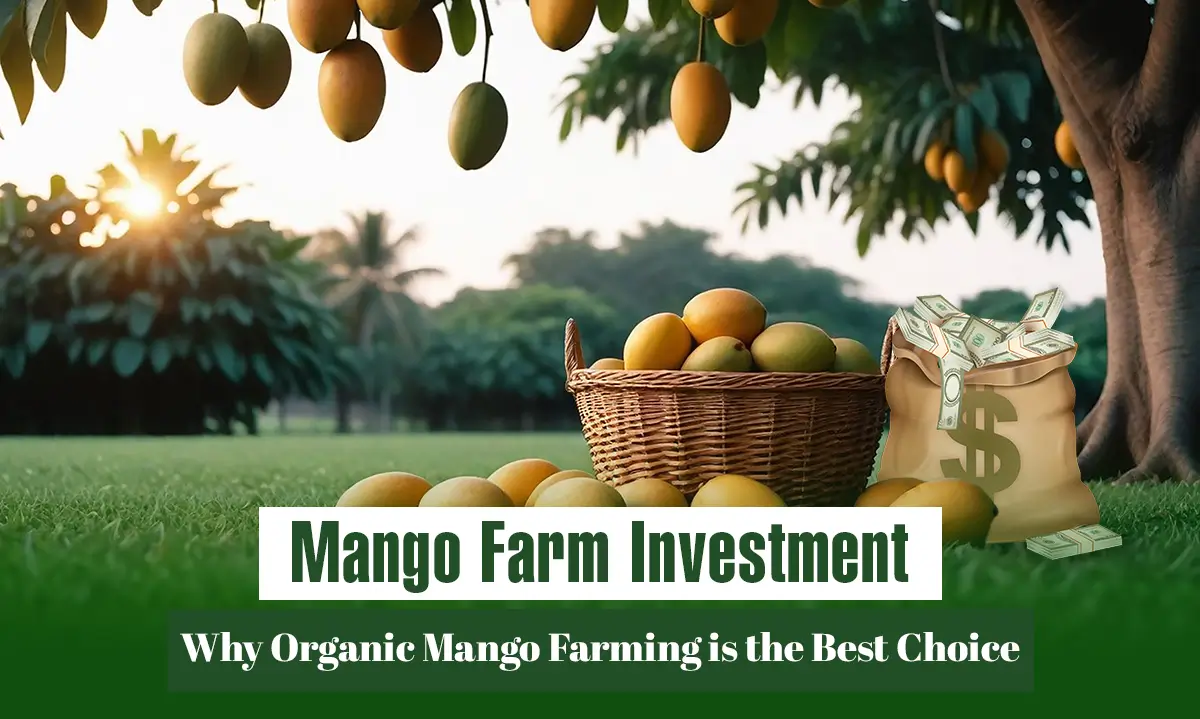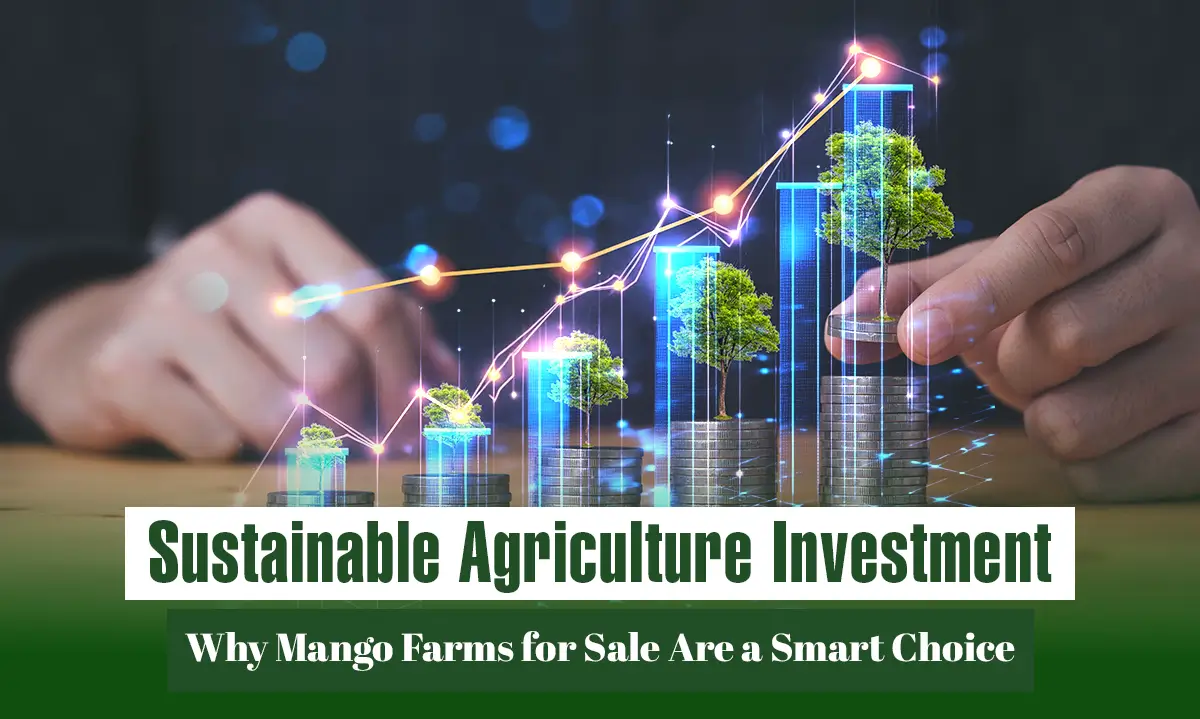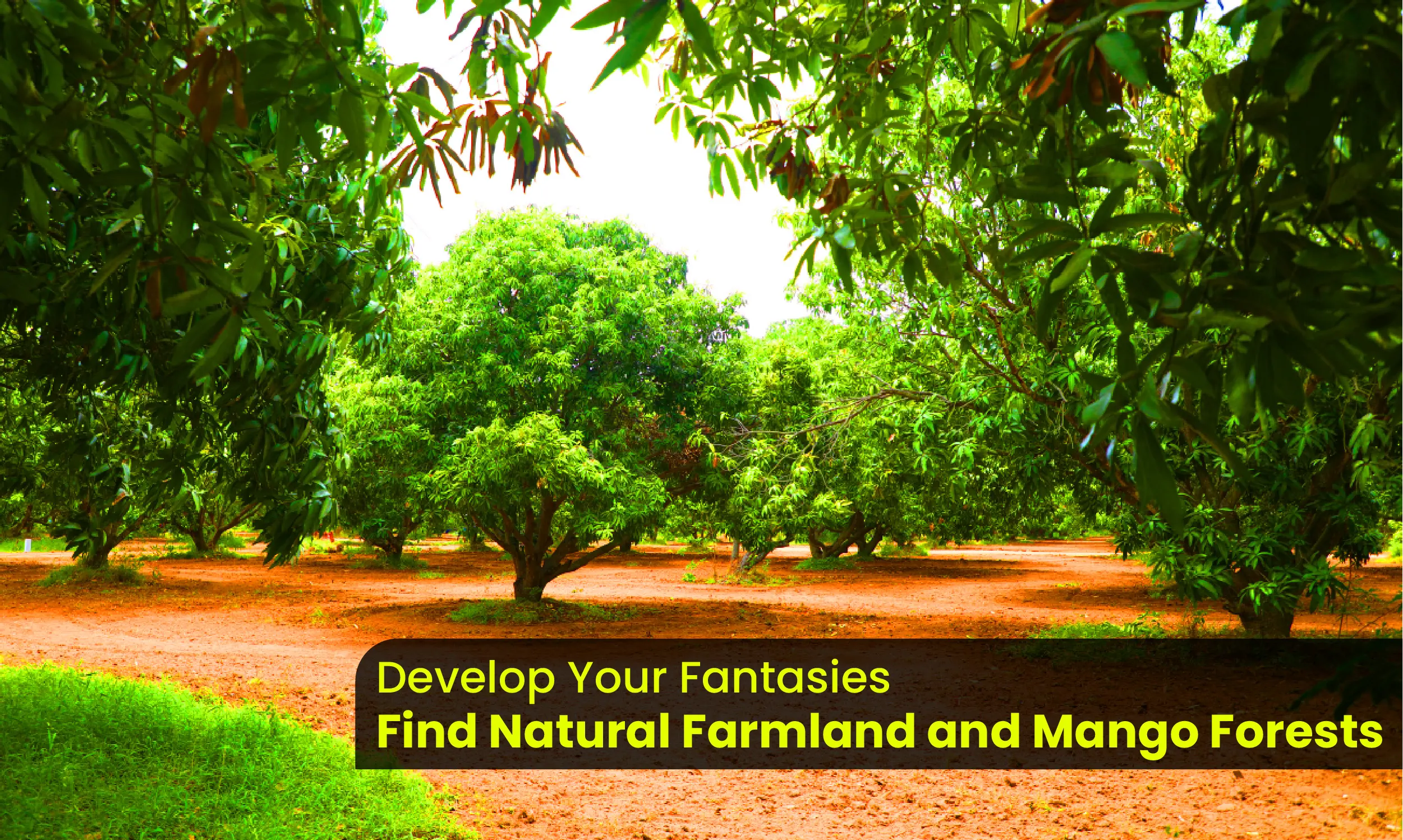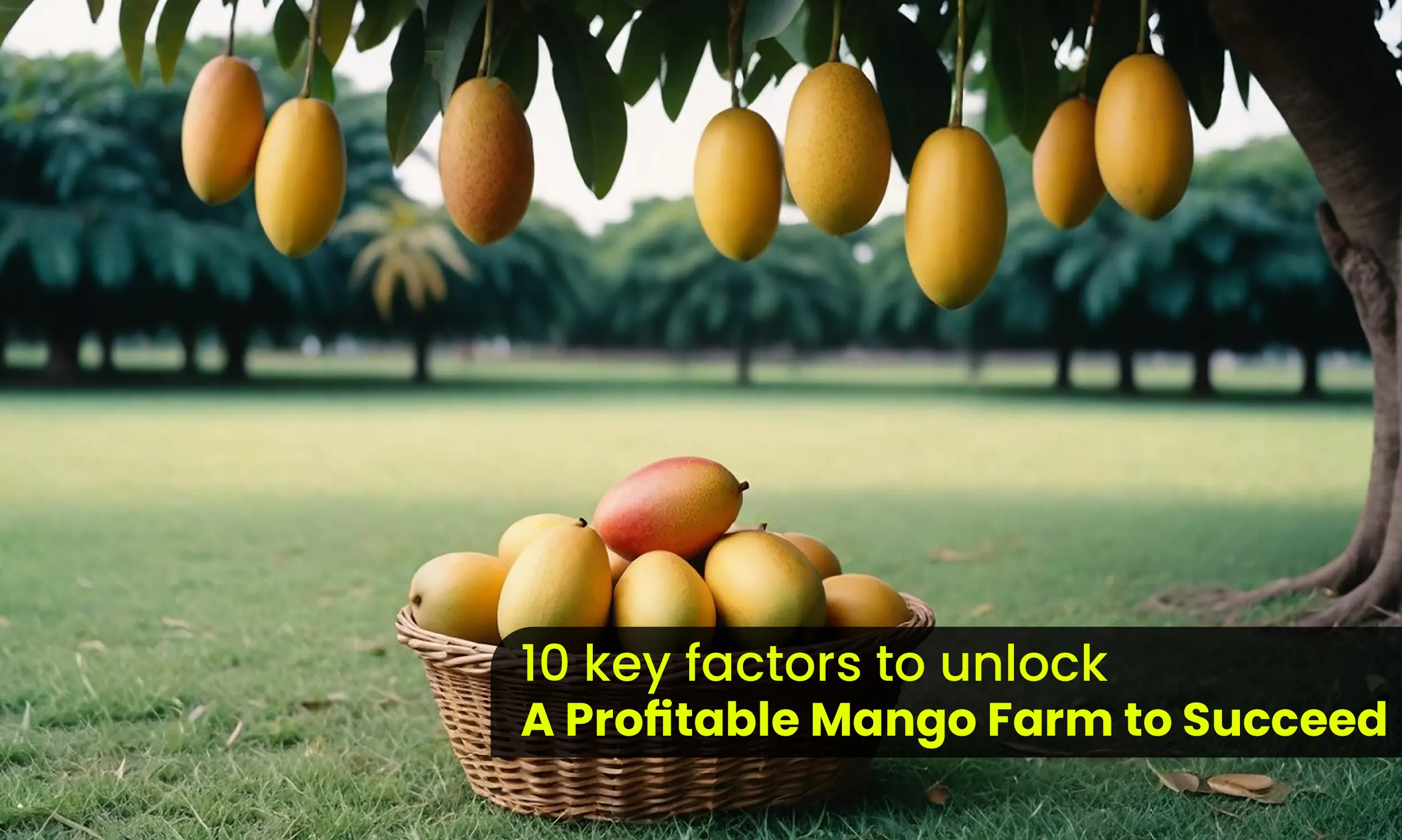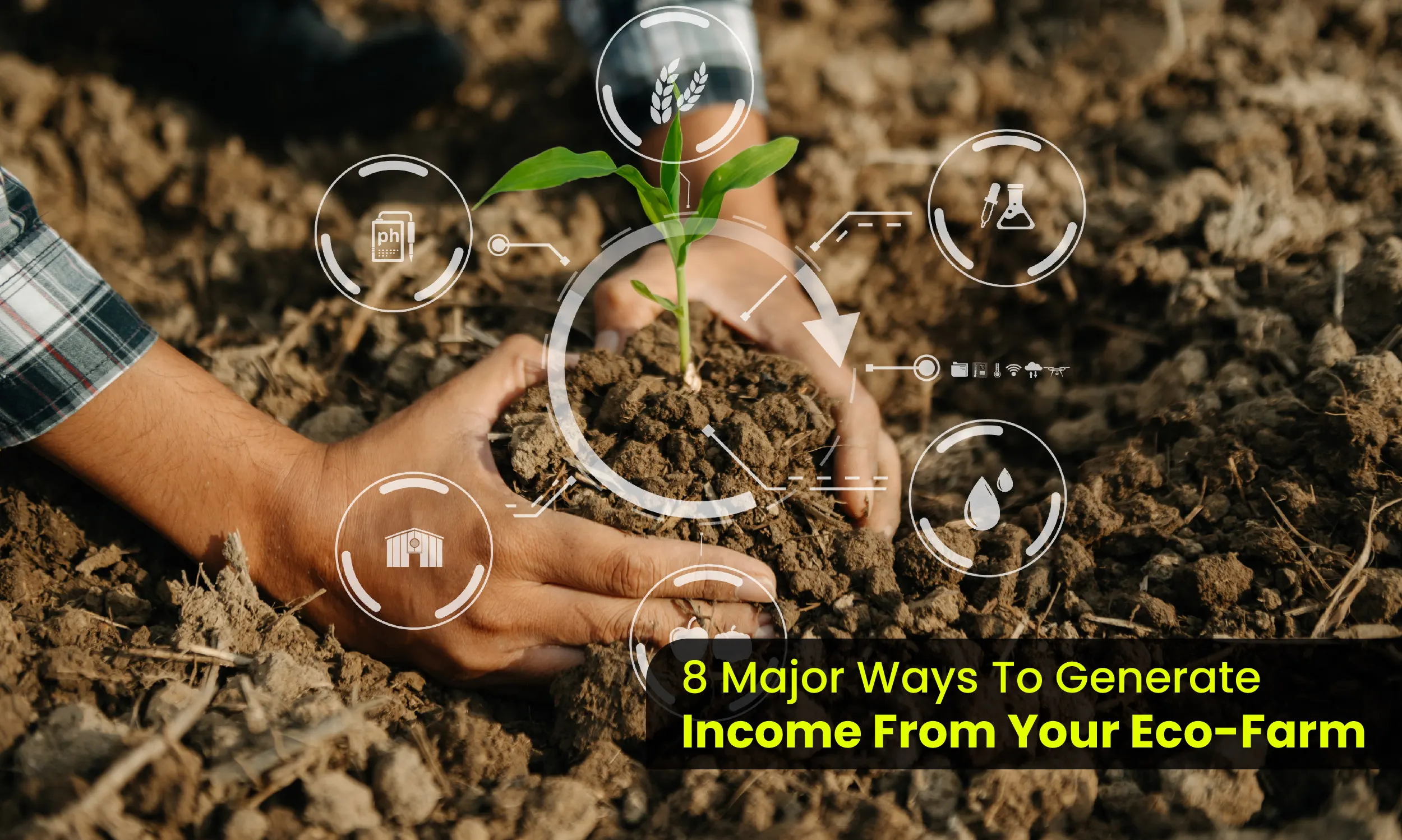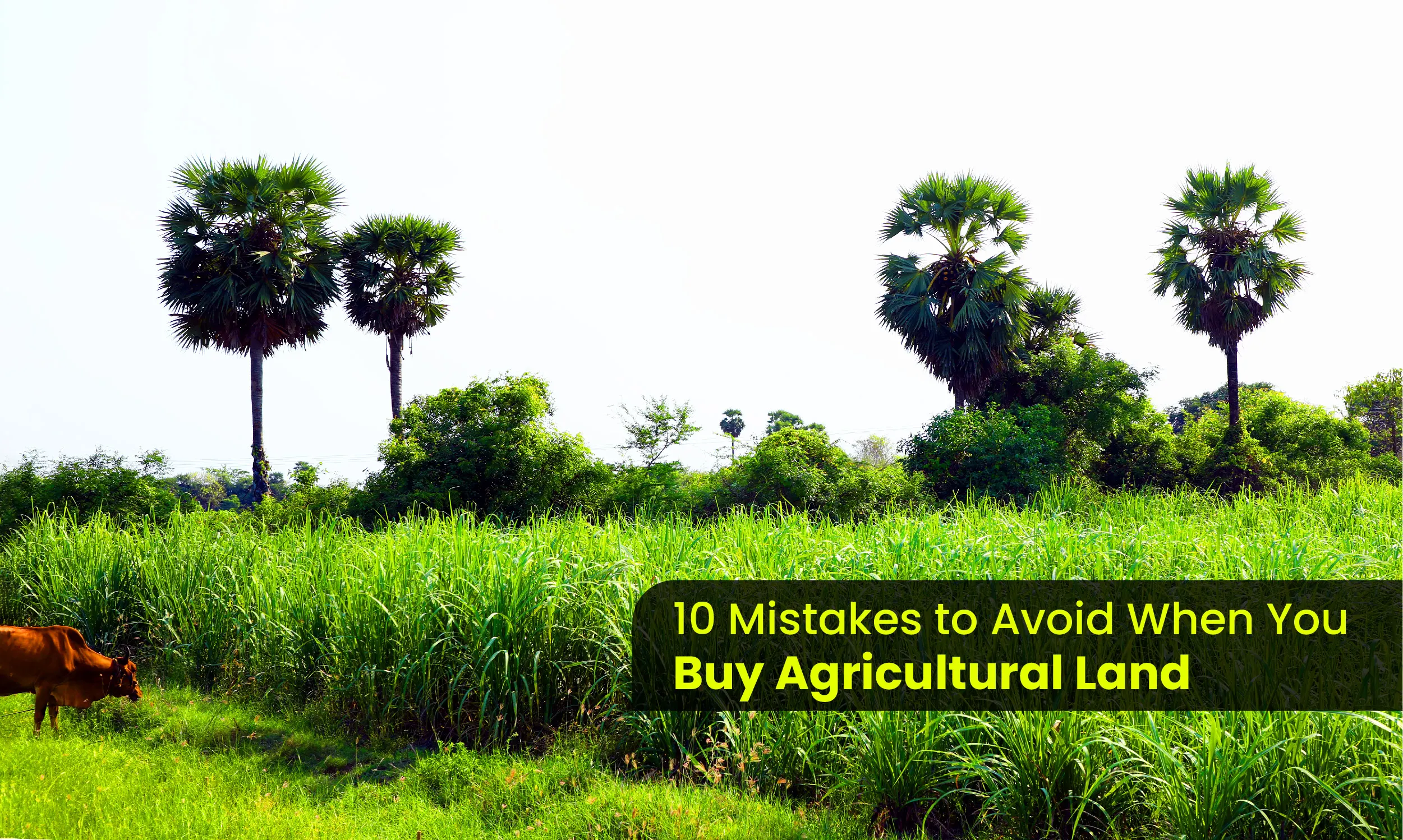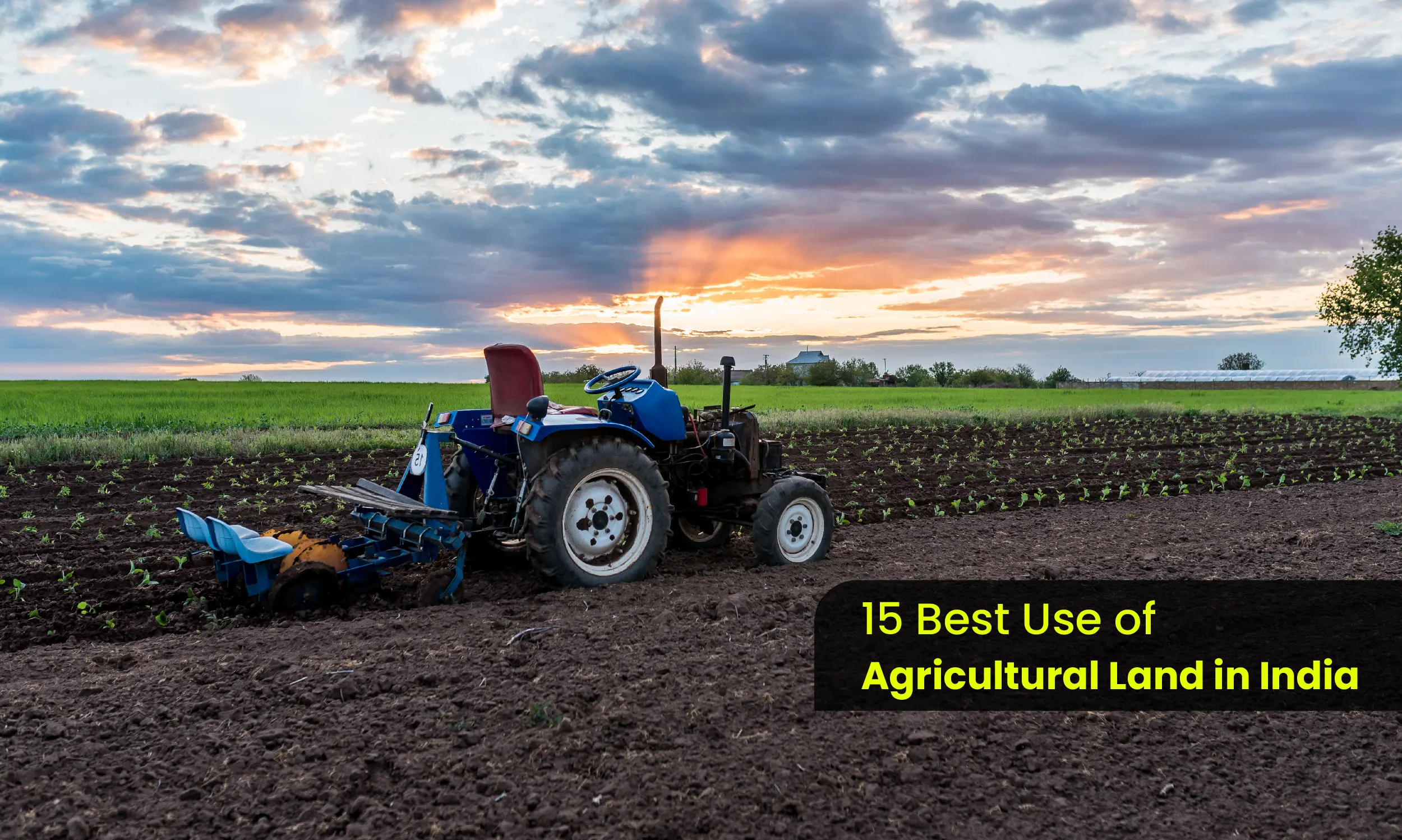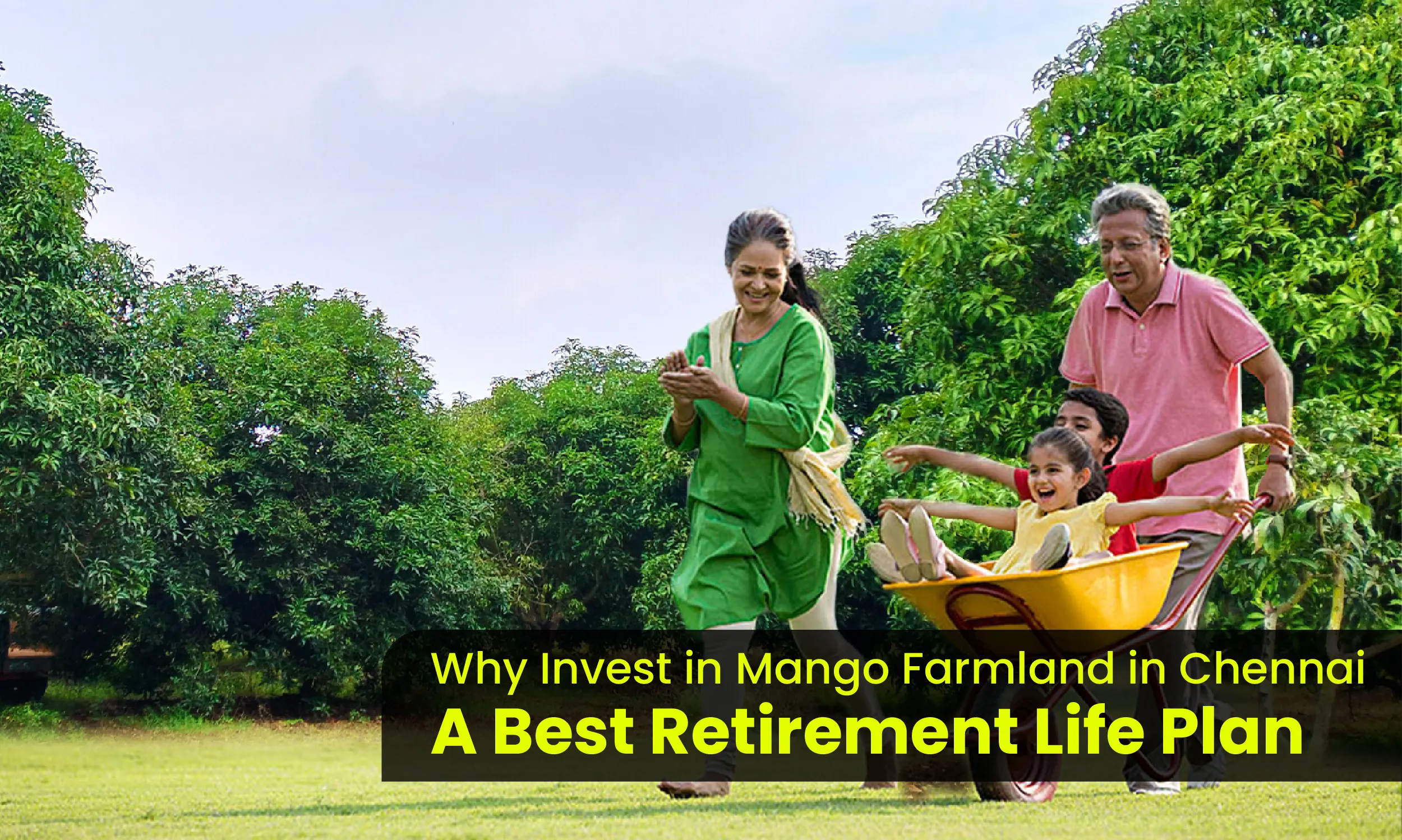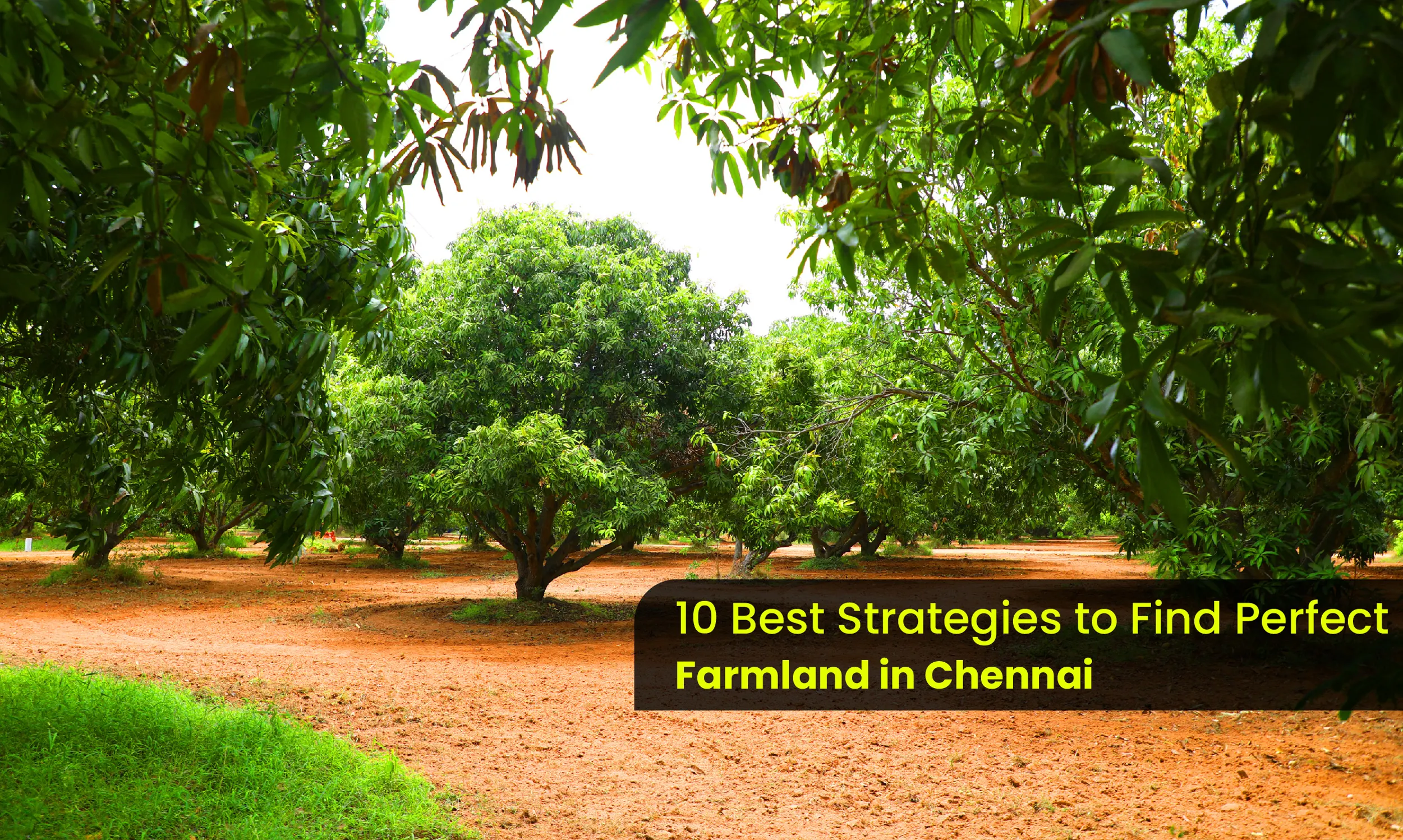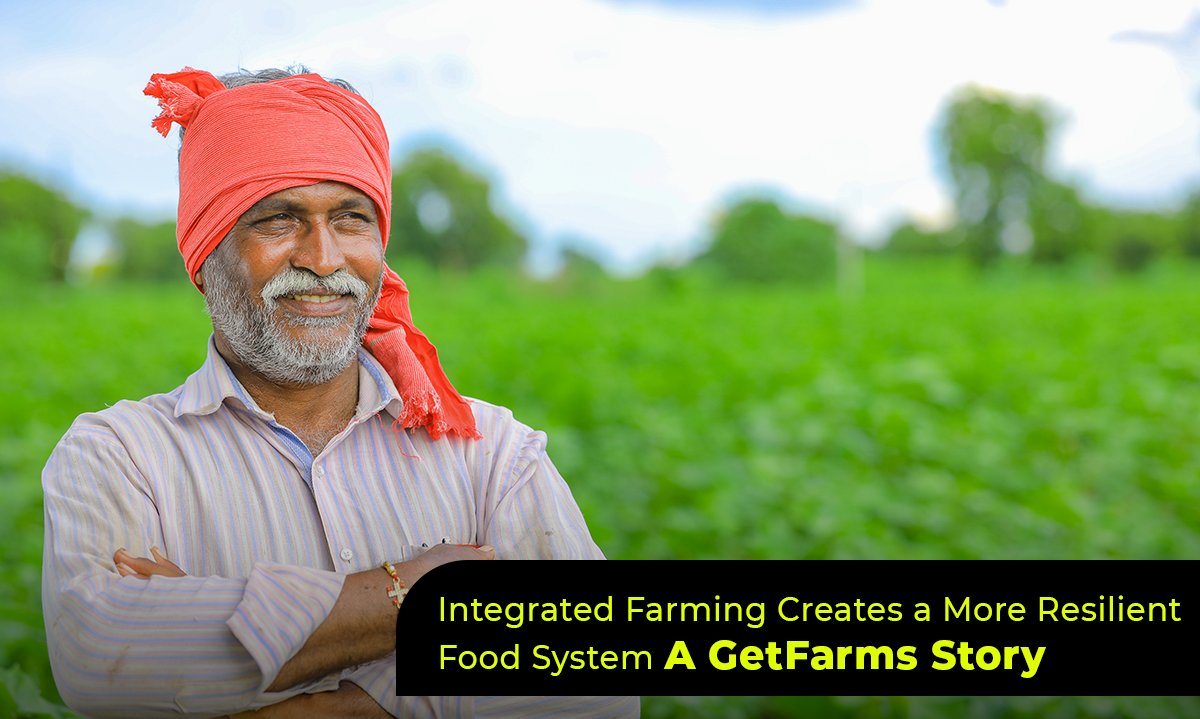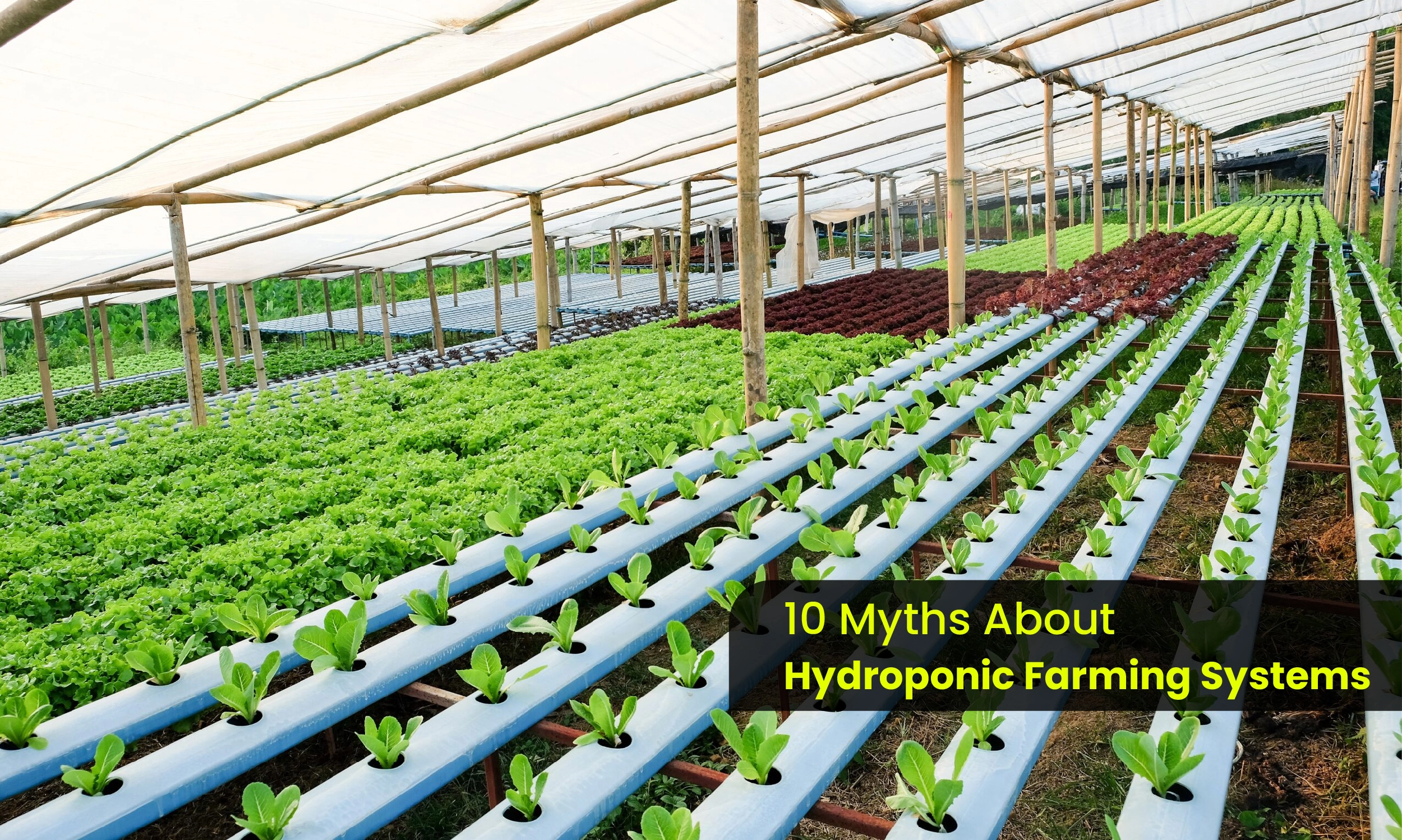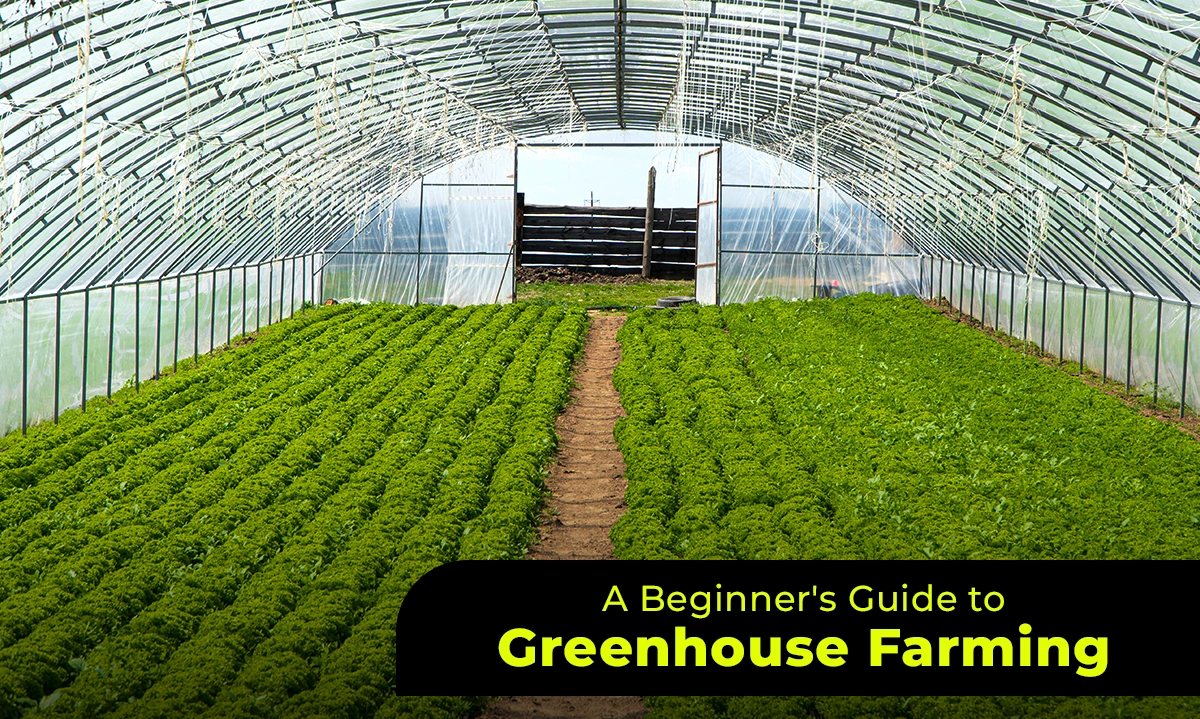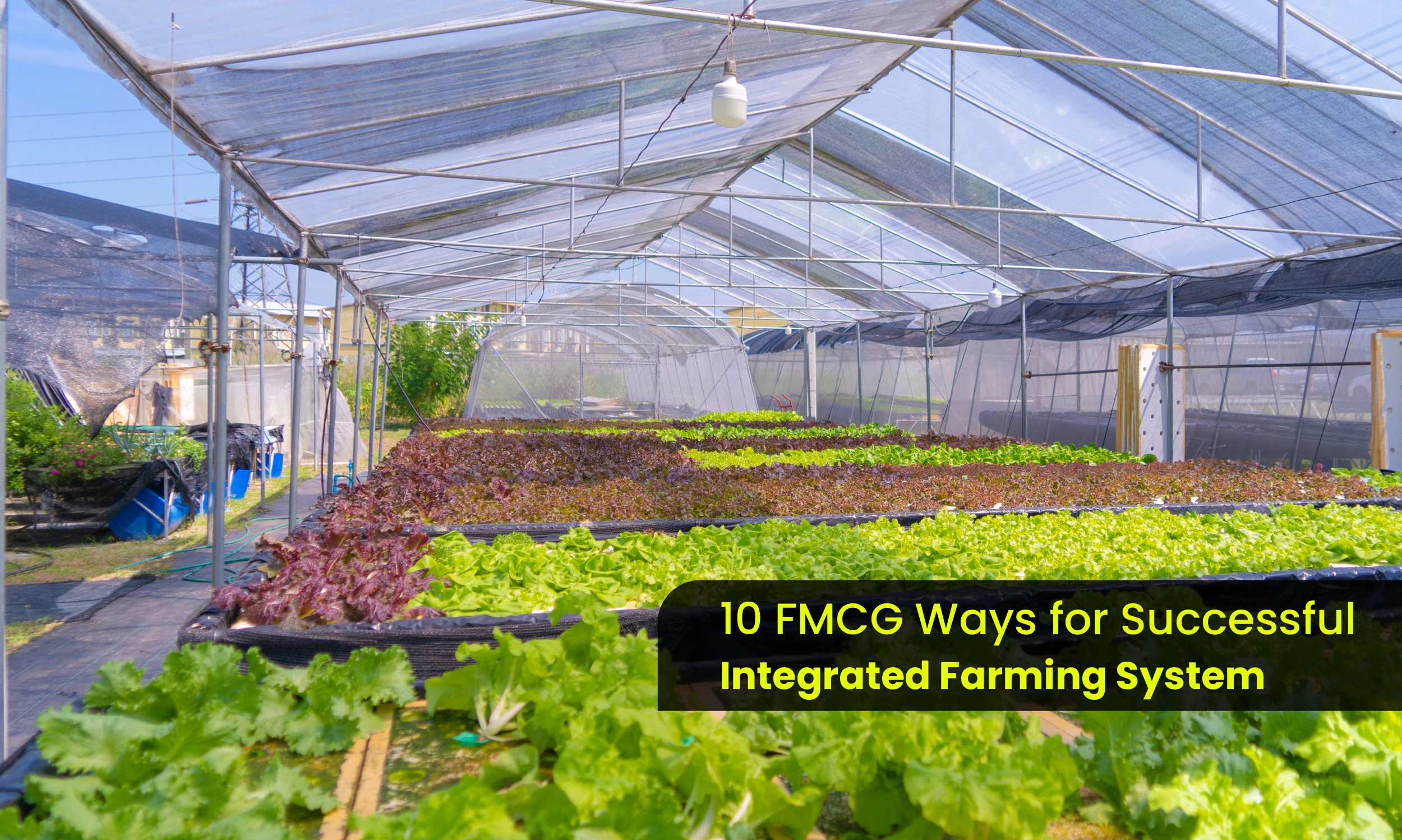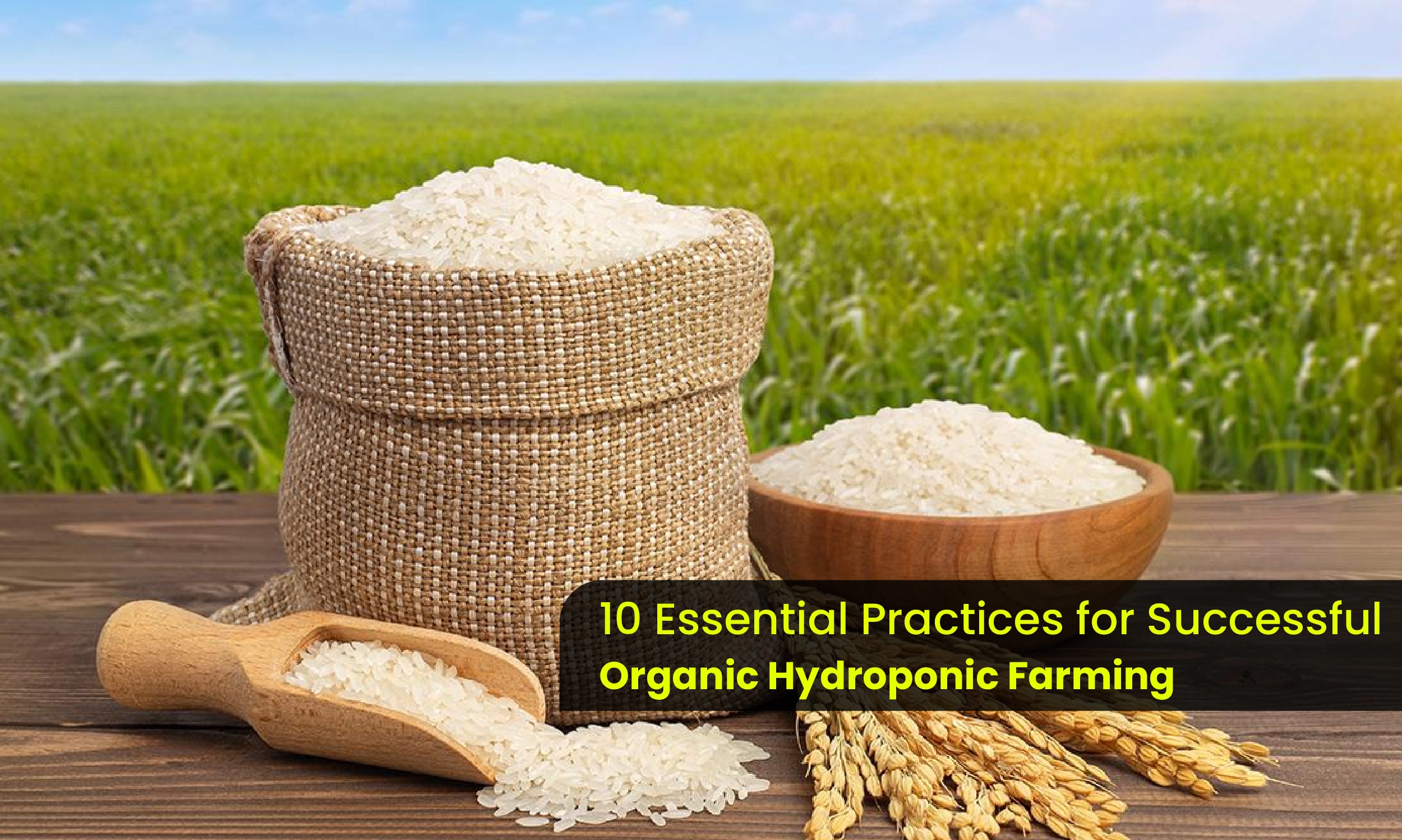How Eco-Farming Practices Sequester Carbon?
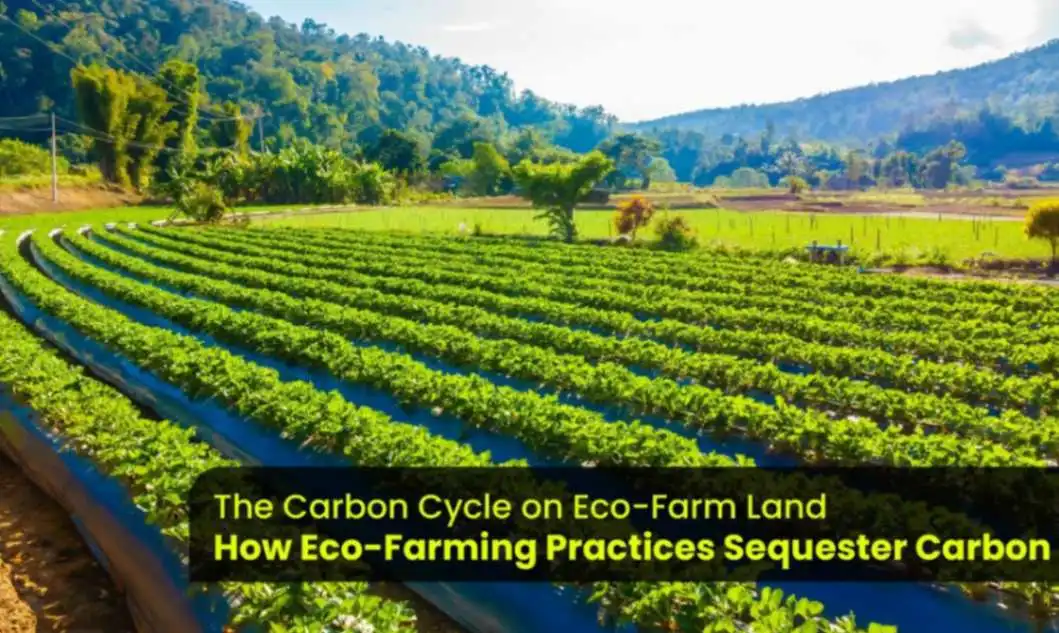
The Earth's carbon cycle is a delicate dance between the atmosphere, land, and oceans. Unfortunately, human activity has disrupted this natural balance, leading to a worrying rise in atmospheric carbon dioxide (CO2) – a key greenhouse gas driving climate change. But there's a glimmer of hope! Eco-farms are emerging as powerful tools for sequestering carbon and mitigating climate change.
Understanding the Carbon Cycle and Eco-Farming
The carbon cycle constantly moves carbon between different reservoirs. Plants absorb CO2 from the atmosphere during photosynthesis, storing it as organic matter. When plants die and decompose, or are burned, some of this carbon returns to the atmosphere. However, healthy soils can hold onto a significant portion of this carbon, locking it away for centuries or even millennia.
Eco-farming practices prioritize environmental sustainability. These methods aim to create a healthy and balanced ecosystem, promoting biodiversity and fostering a natural resilience against pests and diseases. Importantly, many eco-farming practices also enhance soil health, which plays a crucial role in carbon sequestration.
Eco-Farming Practices that Sequester Carbon
Here's how some key eco-farming practices act as carbon sinks:
Reduced Tillage: Conventional tillage methods disturb the soil, releasing stored carbon dioxide back into the atmosphere. Eco-farms often practice reduced tillage or no-till agriculture. This minimizes soil disruption, allowing existing soil organic matter to remain locked away, and also promotes the growth of beneficial microbes that further contribute to carbon sequestration.
Cover Cropping: Planting cover crops after harvest protects the soil from erosion and prevents nutrient leaching. These cover crops also capture carbon dioxide through photosynthesis and, when they decompose, add valuable organic matter back to the soil. This continuous input of organic material helps build soil health and increase carbon storage capacity.
Composting and Mulching: Eco-farms often create compost by recycling organic waste from plants and animals. This nutrient-rich compost is then applied to the soil, providing essential nutrients for plant growth while also increasing soil organic matter. Applying mulch made from organic materials like wood chips or straw further protects the soil surface, reduces evaporation, and provides a habitat for beneficial soil organisms, ultimately contributing to carbon sequestration.
Agroforestry: Integrating trees and shrubs into agricultural landscapes is a powerful eco-farming practice. Trees are natural carbon sinks, removing CO2 from the air and storing it in their biomass. Eco-farms that incorporate agroforestry practices not only increase carbon sequestration but also provide additional benefits like shade for livestock, improved wind protection, and enhanced biodiversity.
Rotational Grazing: Traditional grazing practices can lead to soil compaction and reduced soil organic matter. Eco-farms often implement rotational grazing systems where animals are moved frequently to different pastures. This allows grazed areas time to recover and promotes healthy plant growth, ultimately contributing to increased soil organic matter and carbon storage.
Benefits Beyond Carbon Sequestration
Eco-farming practices that promote carbon sequestration offer a multitude of additional benefits:
Improved Soil Health: Eco-farming practices lead to healthier, more fertile soils with better water retention capacity. This translates to increased crop yields, improved drought tolerance, and reduced reliance on synthetic fertilizers and pesticides.
Enhanced Biodiversity: Eco-farming practices create habitats for a wider variety of plants and animals, fostering a more balanced and resilient ecosystem. This biodiversity helps to control pests naturally and promotes overall ecosystem health.
Reduced Environmental Impact: Eco-farming practices minimize environmental pollution by reducing reliance on synthetic chemicals and conserving water resources. This leads to cleaner waterways, healthier air quality, and a more sustainable food system.
Climate Change Resilience: Eco-farming practices can make farms more resilient to the impacts of climate change, such as extreme weather events and droughts. Healthy soils hold water more effectively, reducing the risk of drought stress on crops. Additionally, diverse ecosystems are better able to adapt to changing environmental conditions.
The Future of Eco-Farming
As the urgency of climate change intensifies, eco-farming practices are poised to play an even more significant role in the future of agriculture. Technological advancements, such as precision agriculture techniques and innovative soil health monitoring tools, can further empower eco-farmers to optimize their practices for maximum carbon sequestration and environmental benefit. Additionally, government policies and carbon credit programs that incentivize carbon-sequestering practices can accelerate the adoption of eco-farming methods across the agricultural landscape.
Taking Action for Eco Farms
Whether you're a farmer considering transitioning to eco-farming practices, a consumer seeking out food produced on eco-farms, or simply an individual passionate about environmental sustainability, there are ways for everyone to get involved. Here are some steps you can take:
Support eco-farms: Look for local eco-farms in your area and buy their products whenever possible. This creates a market demand for sustainably produced food and encourages farmers to continue their eco-friendly practices.
Advocate for change: Support policies and initiatives that promote eco-farming and carbon sequestration. Raise awareness about the importance of sustainable agriculture and its positive impact on the environment.
Educate yourself: Learn more about eco-farming practices and their benefits. Share your knowledge with others and encourage them to embrace sustainable choices.
By working together, we can empower eco-farms to become the cornerstone of a more sustainable and climate-resilient future. So, are you ready to join the movement?
Latest blogs
JOIN OUR COMMUNITY !
Stay connected with Getfarms! Follow us on social media for the latest updates, exclusive offers, and a glimpse into the world of farmhouse living. Join our community today
